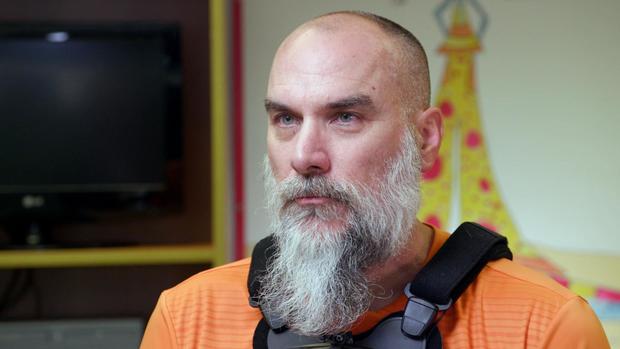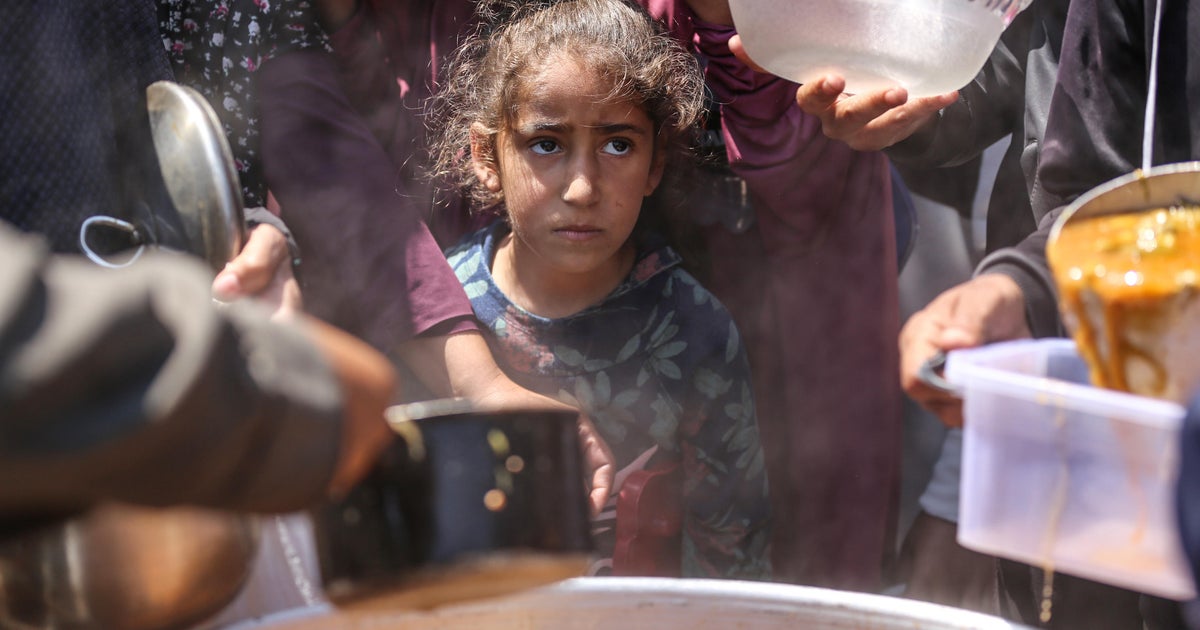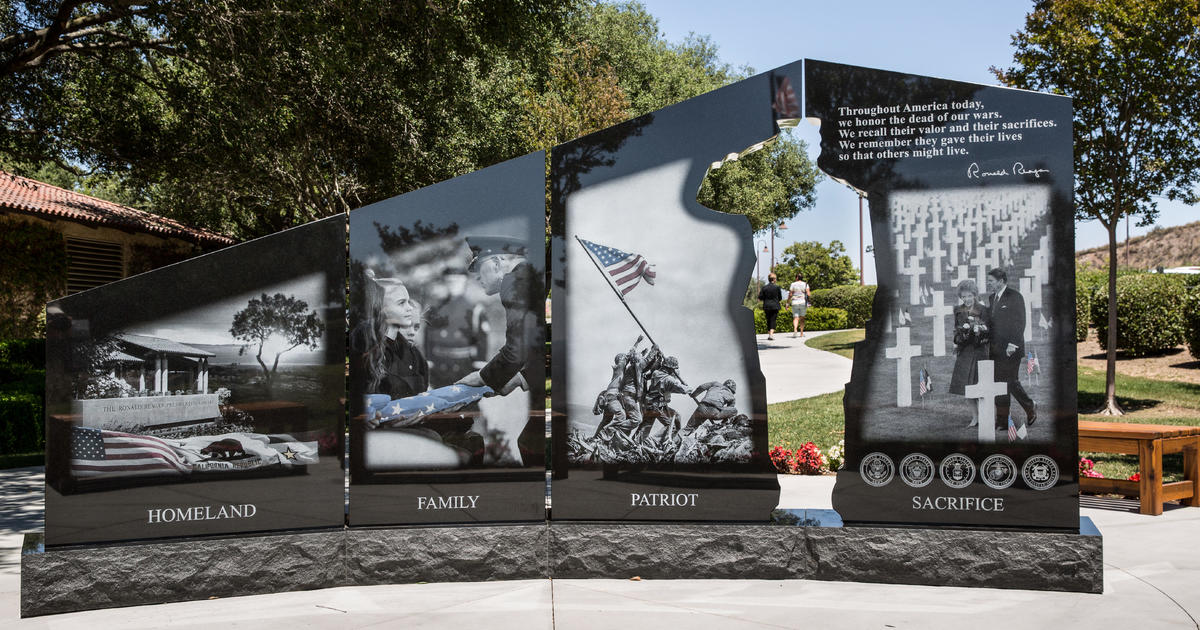Thousands of veterans fear "burn pits" exposed them to lethal disease
Over 1.5 million American troops were deployed to Iraq and Afghanistan between 2001 and 2011. Many returned with visible scars of war – but for some, their injury is hidden. At some of the military bases throughout those regions, waste materials were disposed of in so-called "burn pits." Breathing fumes from the burn pit fires appears to have damaged the health of countless veterans.
Army veteran Dan Jentik struggles with what most don't even think about: taking a breath. Jentik is part of a lung study at the National Jewish hospital in Denver. But he's also part of a much larger group: he was one of thousands of men and women who served in Iraq and Afghanistan who may be sick or dying because they inhaled smoke from massive burn pits next to their bases.
Jentik said the pits smelled acrid, like "when you burn plastic." He said, "you just constantly saw the smoke or you smelled it, pretty much everyday, all day."
Batteries, chemicals, heavy metals and arsenic all went into the burn pits, among other things.
"It is indefensible that U.S. military personnel, who are already at risk of serious injury and death when fighting the enemy, were put at further risk from the potentially harmful emissions from the use of open-air burn pits," said a report by the Special Inspector General for Afghanistan Reconstruction.
The report also said that millions of dollars were spent on incinerators to properly dispose of waste, but that many sat idle next to the active burn pits.
Jentik was deployed at Balad Air Base in Iraq, where an Air Force expert issued a warning about the burn pits and said that "it is amazing that this burn pit has been able to operate without restrictions over the past few years."
Occupational medicine doctor and pulmonologist Dr. Cecile Rose is the principal investigator of a five-year lung study funded by the Department of Defense.
"I think our study is really designed to understand what the spectrum of lung diseases are that can occur following these inhalational hazardous exposures," she said.
Dr. Rose has already obtained some results. "We have described a spectrum of diseases that are related to deployment," she said. "They weren't there before, and they are clearly there after people have returned from these arid and extreme environments."
But it's not easy to identify the burn pits as the culprit. Dr. Rose said that there are many other potential lung hazards, including desert dust, intense sandstorms, and "a huge amount" of diesel exhaust.
The Veterans Administration has established a voluntary burn pit registry, and more than 180,000 people have signed up. But of the 12,000 claims filed to the VA connected to burn pits, only about 2,500 have been accepted – and a victims' lawsuit against contractors who oversaw some of the pits was rejected by the Supreme Court.
One of the denied VA claims came from Jennifer Kepner, who believed her fatal pancreatic cancer was caused by burn pit exposure in Iraq. Her congressman, Raul Ruiz from California, got her family survivor benefits. But he didn't stop there: a Harvard-trained emergency room doctor, Ruiz has launched a legislative blitz to get sick veterans benefits without waiting for more years of studies.
"There is enough! There is enough to act on it," Ruiz said. "When people are exposed to an illness, and they come in dying on a gurney in the emergency department, you don't have to wait for that pristine science to determine that this patient is sick, and they're dying, and you need to act on it and take care of the veteran — the patient. That should be our common sense approach when you put veterans in the center of the VA system."
Ruiz sees a parallel in American history: the use of Agent Orange in the Vietnam War. Some veterans who were exposed to the powerful herbicide, which was sprayed widely to kill jungle foliage, got sick years later. They fought the VA for benefits in a battle that took decades to win.
"Be accountable. Be responsible. Do what's right for our veterans," Ruiz said. "[The VA should] give them the care that they need -- and if they don't, then they should be held accountable."
His worry, he said, is that the veterans will die before they receive their benefits. "We cannot let burn pit exposure veterans be the 'Vietnam veterans exposed to Agent Orange' of our generation. We can't do that."
In April, the U.S. Central Command reported nine burn pits creating toxic smoke. The Command said that 13 burn pits are currently burning non-hazardous waste, but they also said that could change at any time if battlefield conditions change. A Department of Defense spokeswoman added that "We are concerned that toxins from burn pit emissions may pose health risks, and we are assessing potential long-term impacts."
A skeptical Ruiz is worried that newly deployed soldiers are still at risk. "It's still going on. It's still going on…" he said. "And when you think that the military is willing to expose men and women -- our young sons, and daughters, and brothers, and sisters -- to burn pits, simply because they say it is inconvenient and not cost-effective for them. It's shameful. It's shameful."
Regardless of whether he gets benefits, Jentik said that his health will never be the same. "I used to be very active," he said. "Dirt bike riding, mountain bike riding, hiking with the family. [I was] very active with the kids. Now I don't do any of that."




